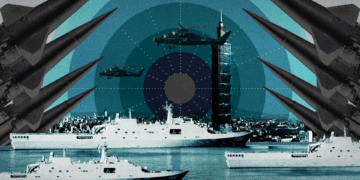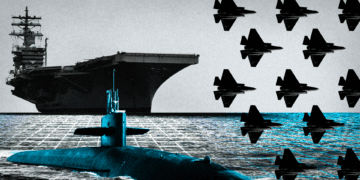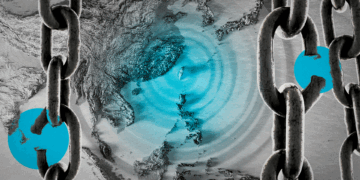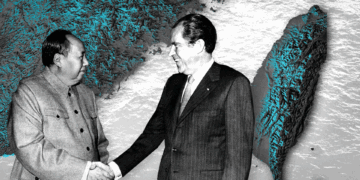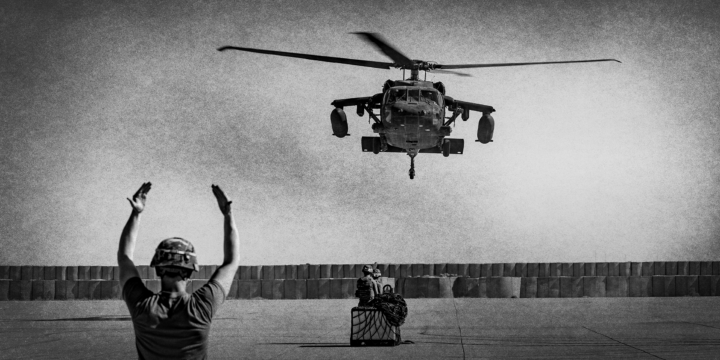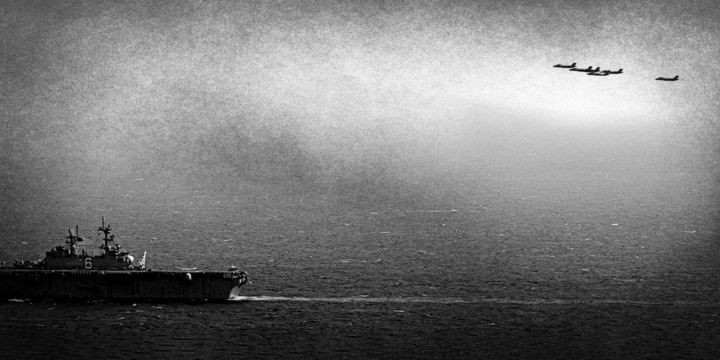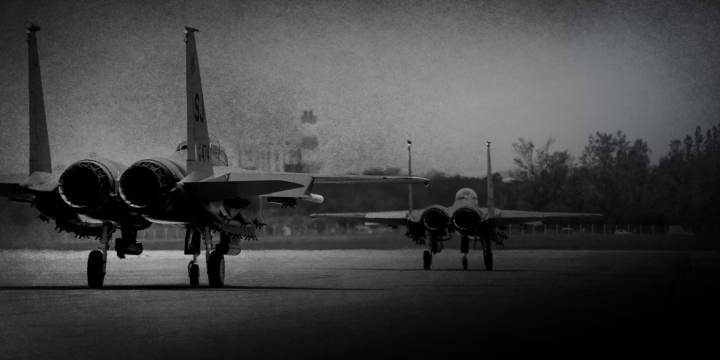May 27, 2025
Asia is getting shortchanged as the U.S. keeps its focus elsewhere
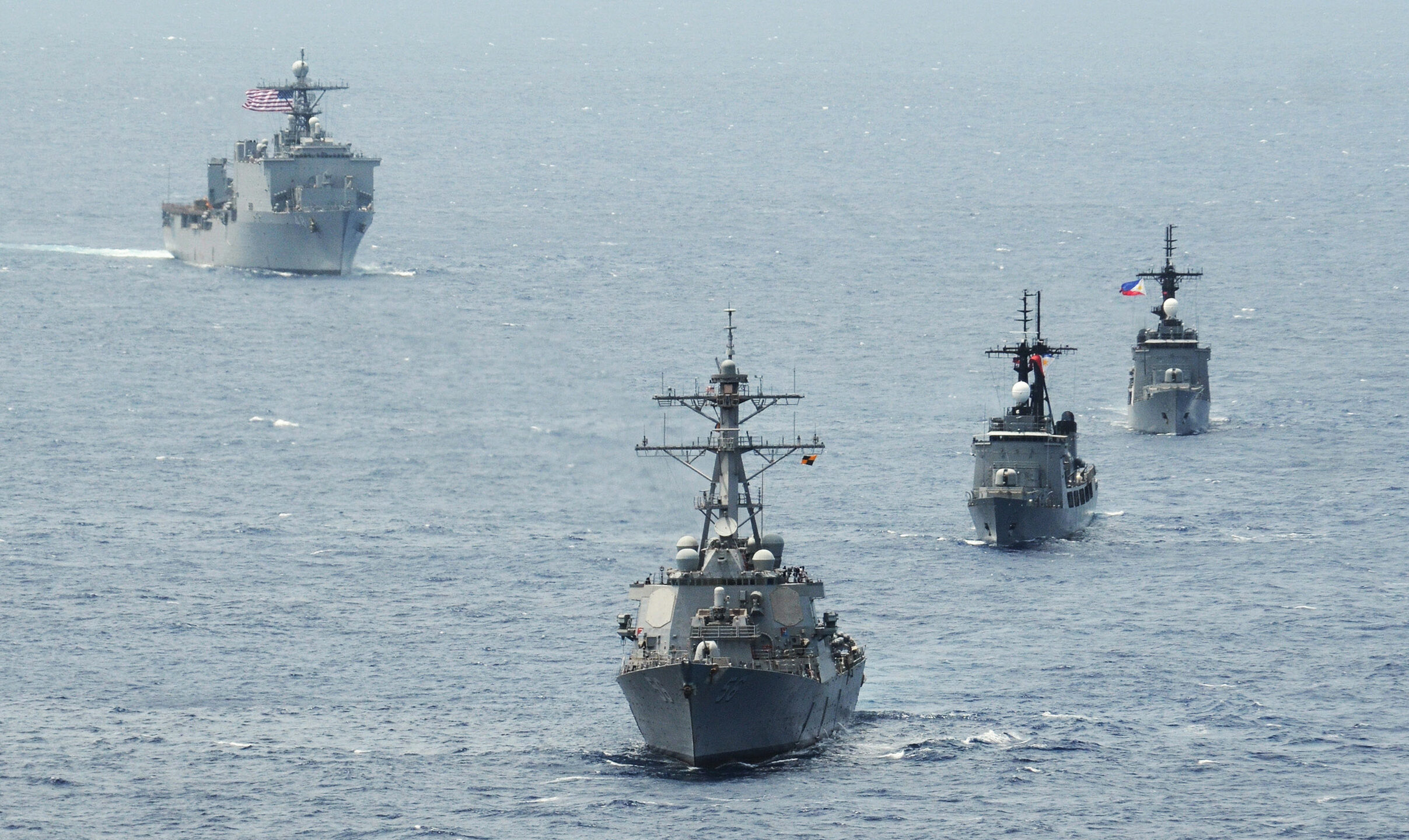
How committed is President Donald Trump’s administration to preserving a stable balance of power in Asia?
If you go by the rhetoric and the policy documents released thus far, the answer is clear: very. Trump’s national security team, from Secretary of State Marco Rubio and Defense Secretary Pete Hegseth to Elbridge Colby, the Pentagon’s top policy official, is stocked with people who can be described as certified China hawks. All three are extremely concerned about Beijing’s ongoing military modernization—China already has the largest navy in the world and the biggest missile stockpile in Asia. And China has a heightened propensity for risk and a man in Xi Jinping who seems to relish getting into altercations with U.S. allies in the region’s disputed waterways. The so-called median line separating Chinese and Taiwanese airspace, which used to be respected as a de facto boundary, is increasingly irrelevant in the eyes of China’s People’s Liberation Army.
Washington, of course, knows all of this and has responded with barbed words. During a trip to Japan in March, Hegseth stated that “America and Japan stand firmly together in the face of aggressive and coercive actions by the Communist Chinese.” A day before that speech, Hegseth and his counterpart from the Philippines agreed to schedule more bilateral military exercises with the aim of boosting Manila’s capacity to resist China’s gray zone activities. The Pentagon’s interim policy guidance cites deterring a Chinese invasion of Taiwan, the self-governed island that Beijing claims, as one of its top objectives. And in an April memorandum, Hegseth supplemented that guidance by pressing the U.S. Army to reorganize and refit itself with one big mission in mind: “deterring China in the Indo-Pacific region.”
More on Asia
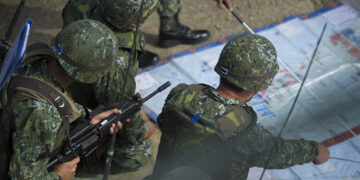
Featuring Jennifer Kavanagh
October 4, 2025

Featuring Jennifer Kavanagh
September 29, 2025

